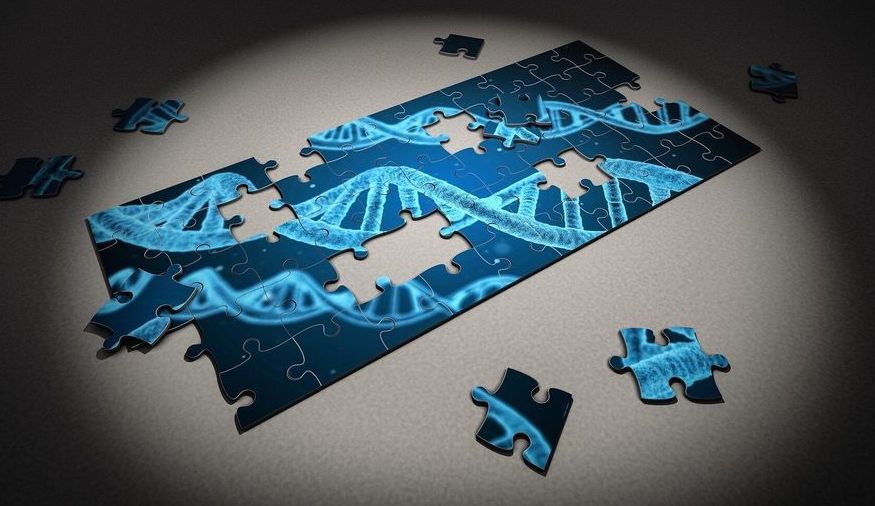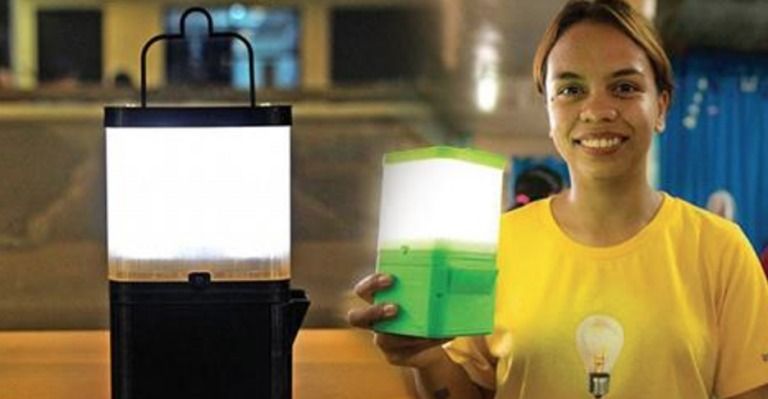Ogba Educational Clinic
EXCLUSIVE: In a plot which seems straight out of the Netflix original series Altered Carbon, experts have told Daily Star Online the wealthy could soon achieve immortality.


Good dog :3.
Hank and Storm show Gray Hall how they do their jobs with the Philadelphia Police.
The dogs’ handlers, Officer Alvin Outlaw, who works with Storm, and Officer Richard Treston, who is paired with Hank, say it was the weeks of training and guidance that prepared them for the heavily wooded conditions that they encountered in Bucks County. Hank sniffed out the grave first and Storm followed up with the same results.
“I have been training with the dogs for four years but every time they make a find it still amazes me.” said Officer Handler.
Elon Musk and the late Stephen Hawking are not alone in their calls for humanity to become a multi-planetary species. But they certainly are the most visible advocates for space colonization. And while the moon might be the most obvious jumping off point to the solar system and beyond, nothing stands out as a potential site for long term settlement more than Mars.
But just how realistic is sending astronauts to the Red Planet anytime soon–let alone colonizing it permanently? The obstacles are many, and aerospace engineering may well be the least of them. The human biological, psychological tolss and survival strategies–radiation, low gravity, isolation and the marshalling air, water, and food resources–all stand in the way. And then there is the economic cost and the political and public will. In this edition of Seeking Delphi,™ I talk to former NASA Mars mission navigator, Moriba Jah, about the many challenges of leaving of our home planet.

These types of therapies are used when there are no other alternatives available for diseases that can be very serious or even fatal.
A treatment that has already been used by several hospitals in Wuhan, although experts consider that ‘the evidence on its effectiveness is scarce.’
Albert Bosch, president of the Spanish Virology Society, has indicated that one of the greatest advantages of this treatment is that it is an ‘approved drug used in other medical procedures, so there are no doubts about its safety.’
A HIV drug has been used to successfully cure a coronavirus patient in Spain.
Sevilla’s Virgen del Rocio Hospital has begun using an experimental therapy to successfully treat a patient suffering from the Covid-19 virus, according to El Pais.

China’s biotech companies have been gearing up to repurpose existing drugs, approved in the West for other viruses, as treatments for the coronavirus outbreak originating in Wuhan.
Last month, Hangzhou-based Ascletis Pharma applied to the Chinese authorities to test two HIV protease inhibitors (ritonavir and ASC09) in clinical trials to treat COVID-19, the illness caused by the new coronavirus (Table 1). And Suzhou-based BrightGene Bio-Medical Technology announced in early February that it would begin to manufacture Gilead Sciences’ remdesivir (GS-5734), a broad-spectrum investigational antiviral, as a treatment for coronavirus infection.
Existing antivirals and knowledge gained from the SARS and MERS outbreaks gain traction as the fastest route to fight the current coronavirus epidemic.

Scientists at Uppsala University have proposed an addition to the theory of evolution that can explain how and why genes move on chromosomes. The hypothesis, called the SNAP Hypothesis, is presented in the scientific journal PLOS Genet ics.
Life originated on Earth almost 4 billion years ago and diversified into a vast array of species. How did this diversification occur? The Theory of Evolution, together with the discovery of DNA and how it replicates, provide an answer and a mechanism. Mutations in DNA occur from generation to generation, and can be selected if they help individuals to adapt better to their environment. Over time, this has led to the separation of organisms into the different species that now inhabit all ecosystems.
Current theory holds that evolution involves mistakes made when replicating a gene. This explains how genes can mutate over time and acquire new functions. However, a mystery in biology is that the relative locations of genes on chromosomes also change over time. This is obvious in bacteria, as different species often have the same genes in very different relative locations. Since the origin of life, genes have apparently been changing location. The questions are, how and why do genes move their relative locations?
Today Bas Timmer spoke about the power of people helping people during the opening of Design Indabab 2020, where simultaneously Sheltersuit South Africa was launched! 🚀 A huge thank you to Ravi Naidoo and Design Indaba for providing the seed money for the production of the first 250 Shelterbags in Cape Town. We would also like to thank today’s amazing audience, we honestly couldn’t think of a warmer welcome to South Africa! ❤️ #peoplehelpingpeople

Electric supply is one of the lacking necessity in certain parts of the world even until today. Thinking to overcome this problem, these three siblings from the Philippines came out with one genius invention.
Aisa Mijeno is a computer engineering graduate who came out with the idea to make a lamp that runs on salt water together with her brothers Ralph Mijeno and Oscar Bryan Magtibay.
Aisa Mijeno is currently a member of the engineering faculty of the De La Salle University in Lipa, Batangas.
